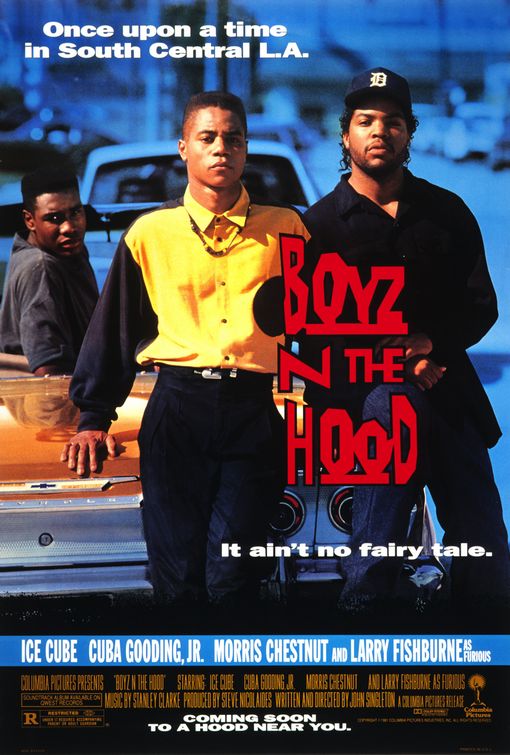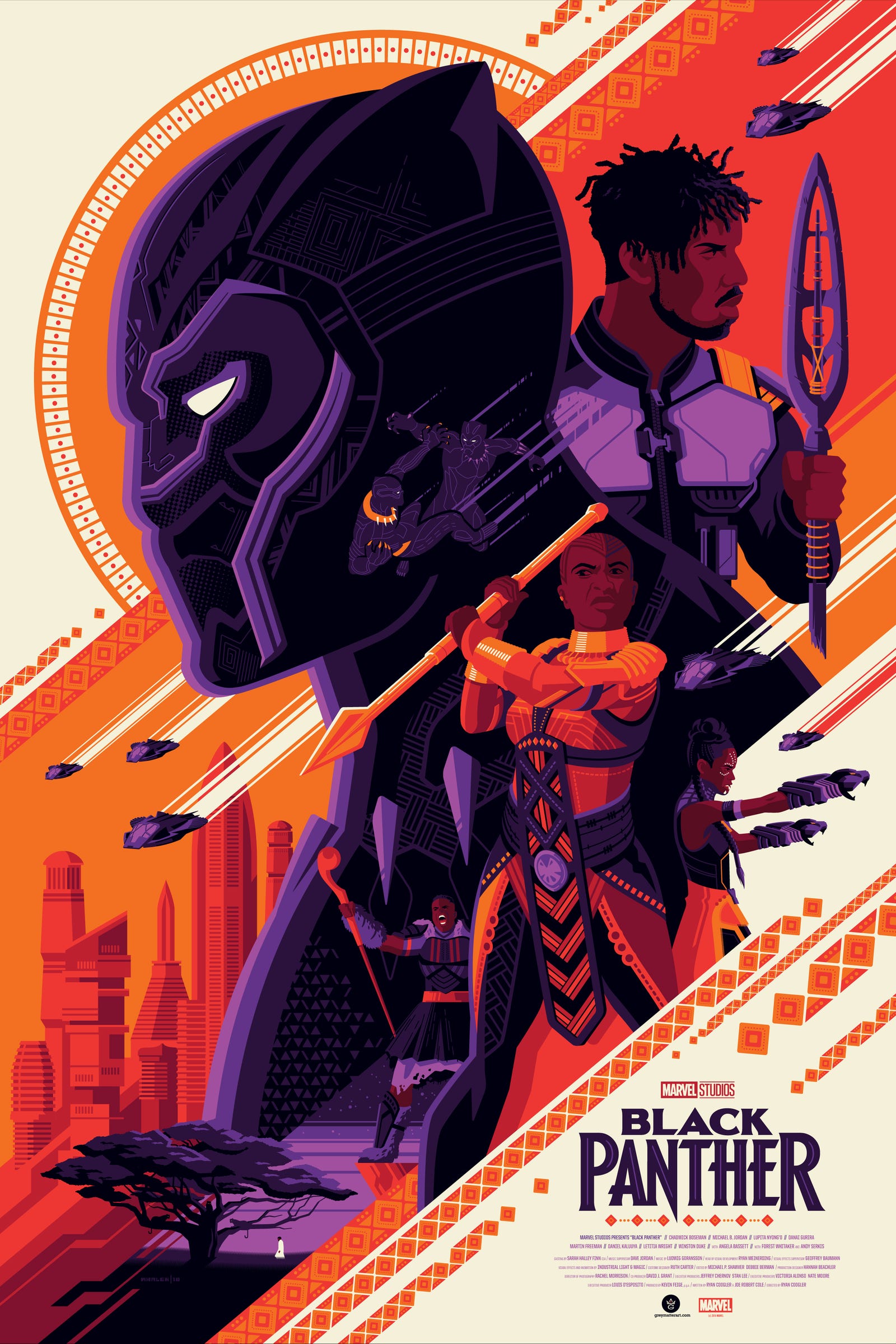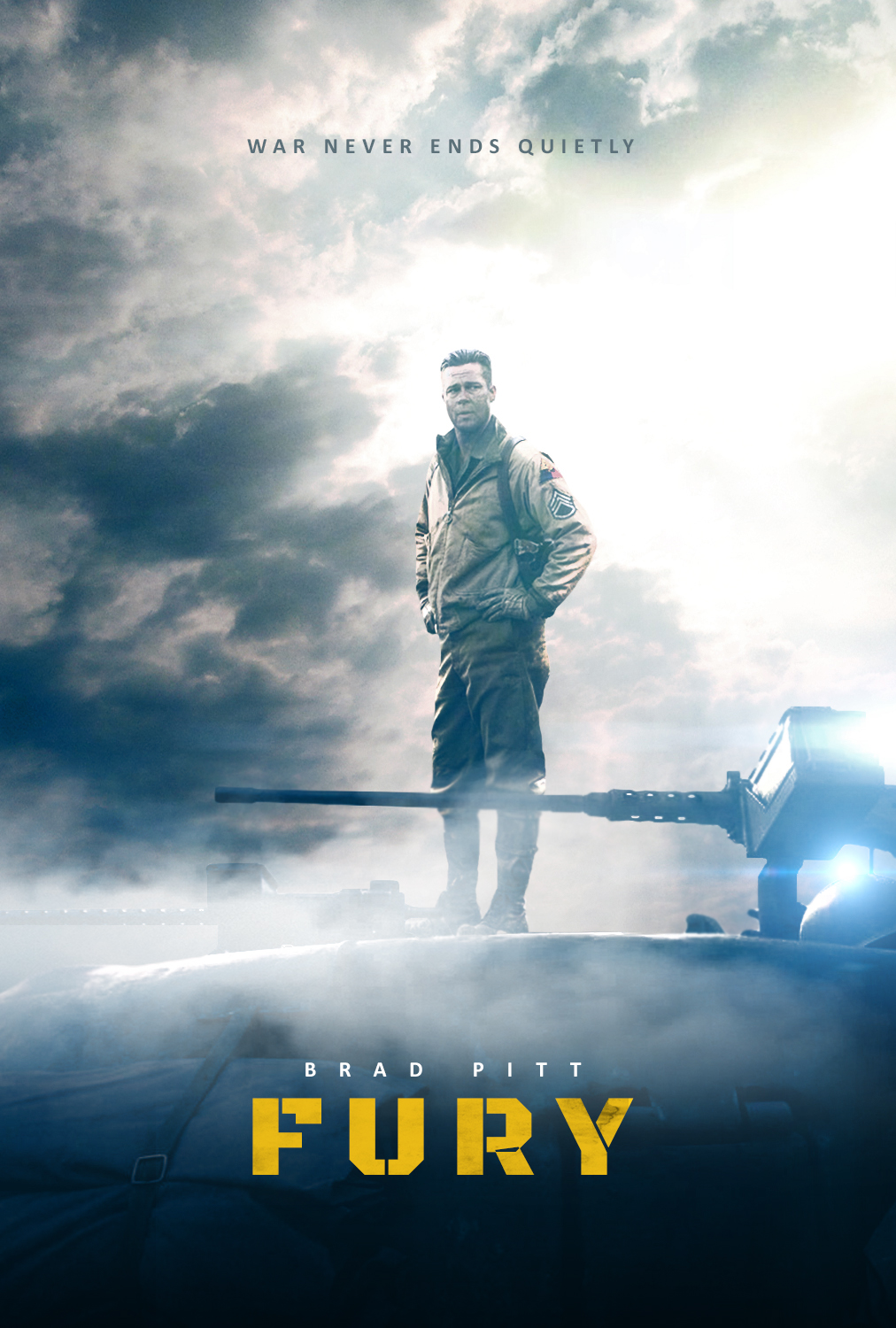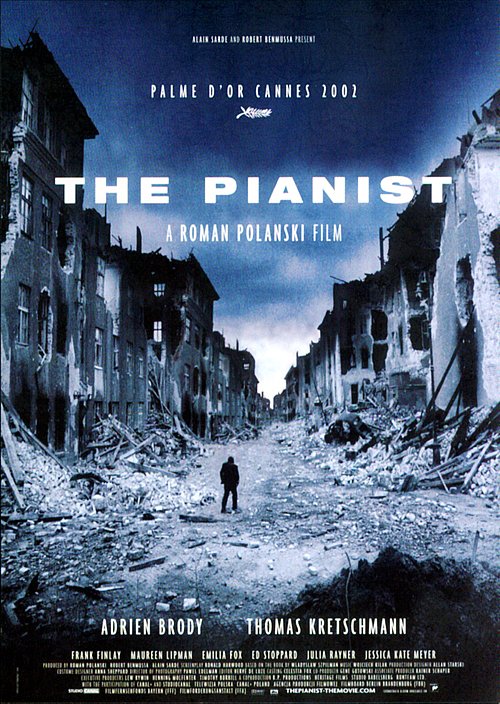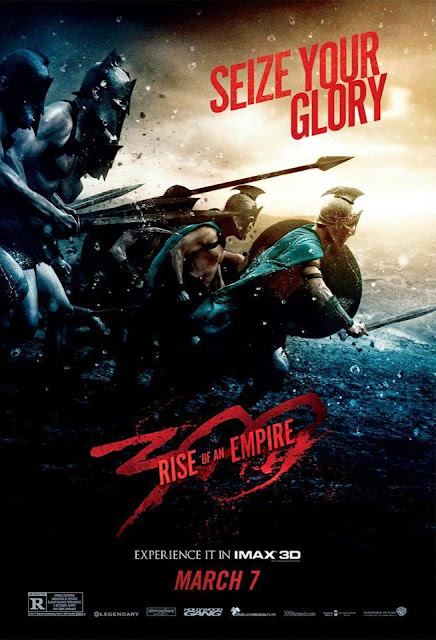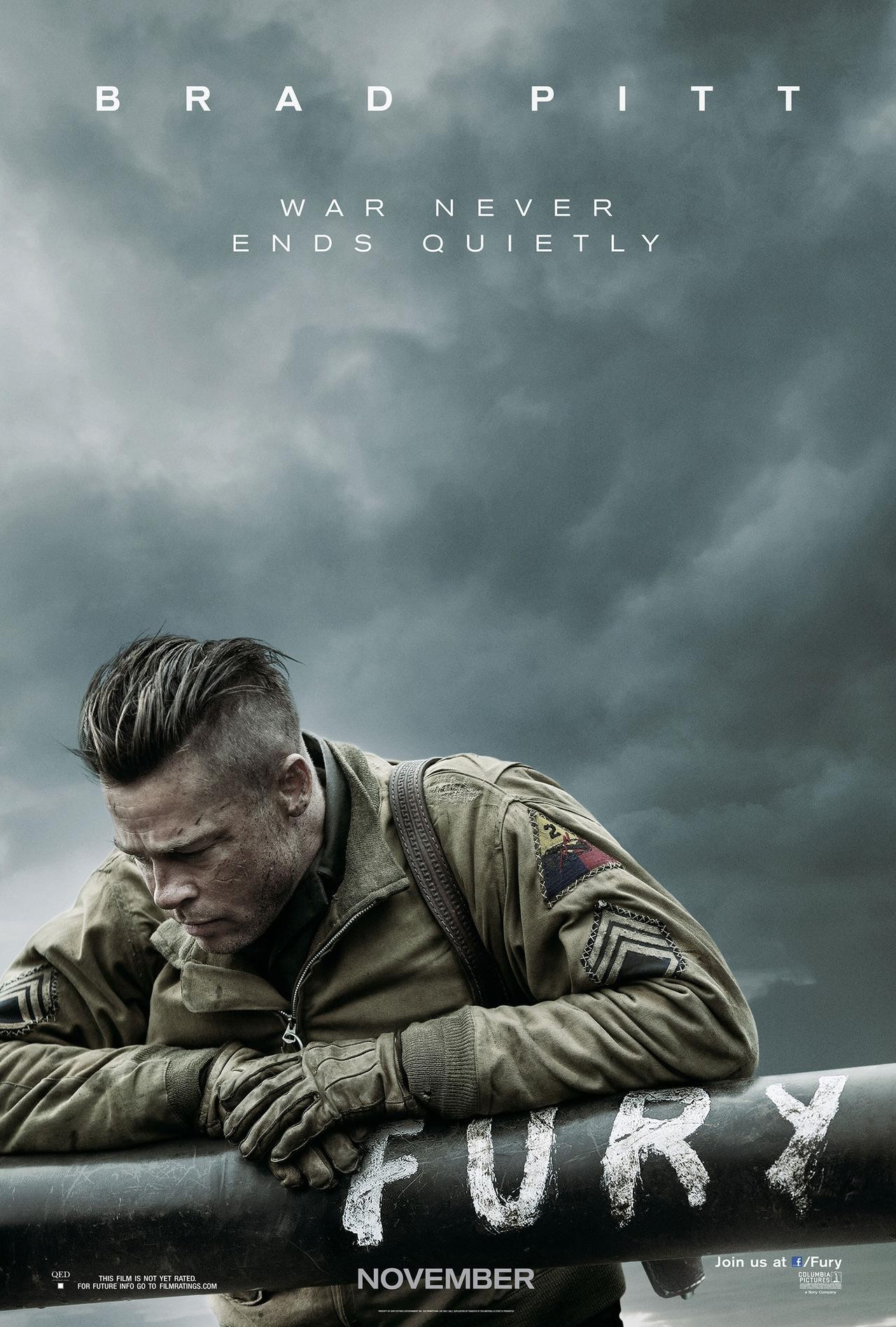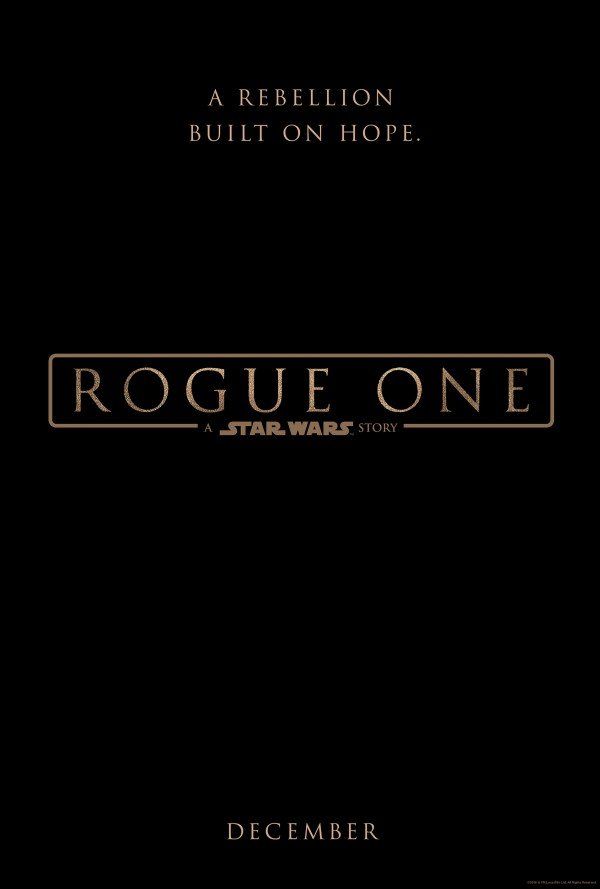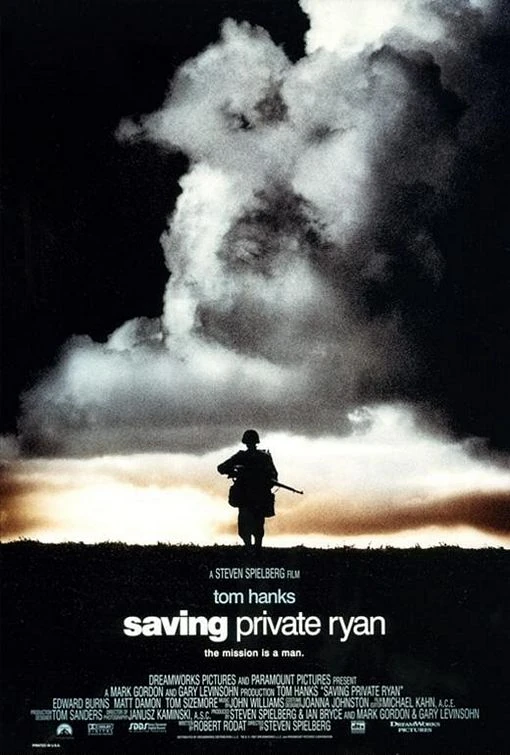
Though DC beat Marvel to the punch in bringing iconic superheroes to the silver screen, the legendary comics company was late in constructing an interconnected cinematic universe that paralleled the books. But after finally getting started in 2013, the DCEU now spans 10 years and 14 films. Here they are, ranked from worst to best.
14. Birds of Prey

One of the many missed opportunities here is the fact that Harley's birth name wasn't retconned into something less ridiculous than "Harleen Quinzel". At the very least her surname could've been changed to something more -- human -- like Quinlan, Quincy or McQuinn. And her first name could've always been Harley; her parents could've simply been bikers.
Following the lowest opening weekend of any live-action DC film adaptation since Jonah Hex, Birds of Prey seems destined to go down in history as another in an increasingly long line of high-profile movie flops. But it's not all bad. The movie's one stand-out is the relatively unknown (to the general movie-going public) Black Canary. Though a BC solo film without at least an appearance by either Batman or the Joker may not be such a great idea. My advice to Harley Quinn fans is to ignore Birds of Prey altogether and to just rewatch Suicide Squad.
The writing was on the wall well before this debacle premiered. A $125 million production tag combined with marketing costs totaling $105 million was much too large a sum to overcome the global apathy that accompanies a sequel to a movie that also lost millions at the box office (and also apparently required $105 million to promote). It doesn't help that the film isn't actually any good and isn't very surprising that it lost $166 million.
12. Wonder Woman 1984
This cinematic disaster, which more closely resembles an actual 1984 movie, Supergirl, than its critically-acclaimed predecessor, features ultra-bright colors, a nonsensical plot and the title character swinging from bolts of lightning as though they were jungle vines, as well as non-consentually using a man's body to have sex with her long-dead boyfriend. The difference in the two films may be explained by the fact that director/producer Zack Snyder was no longer around to develop the story or to offer a guiding hand, both of which he did on the first movie.
11. Wonder Woman
The DCEU beat the competition in bringing a female headlining comic book film to the screen first in this origin story about the iconic Amazonian princess. However, the hypocrisy of 2017's biggest movie celebrated for its diversity was glaring. While the studio took advantage of every opportunity to tout its female director and mostly-female cast and crew, the filmmakers were apparently unaware that non-caucasian women crave representation on-screen as well.
Sure, there were a handful of dark-skinned women sprinkled throughout the film's opening scenes. A couple of them were even granted minimal spoken lines. But a Black character integral to Wonder Woman's development and holding a prominent place in Amazon society (Philippus) -- no less than a general -- was inscrutably replaced by a white one (Antiope). While Antiope has been Wonder Woman's aunt since 1987 in the comics, Philippus has been the Amazon's general (and later, queen) and WW's combat instructor for the same length of time. Wasn't there enough room in the movie for both characters? There certainly is in the comics.
10. Blue Beetle
9. Aquaman
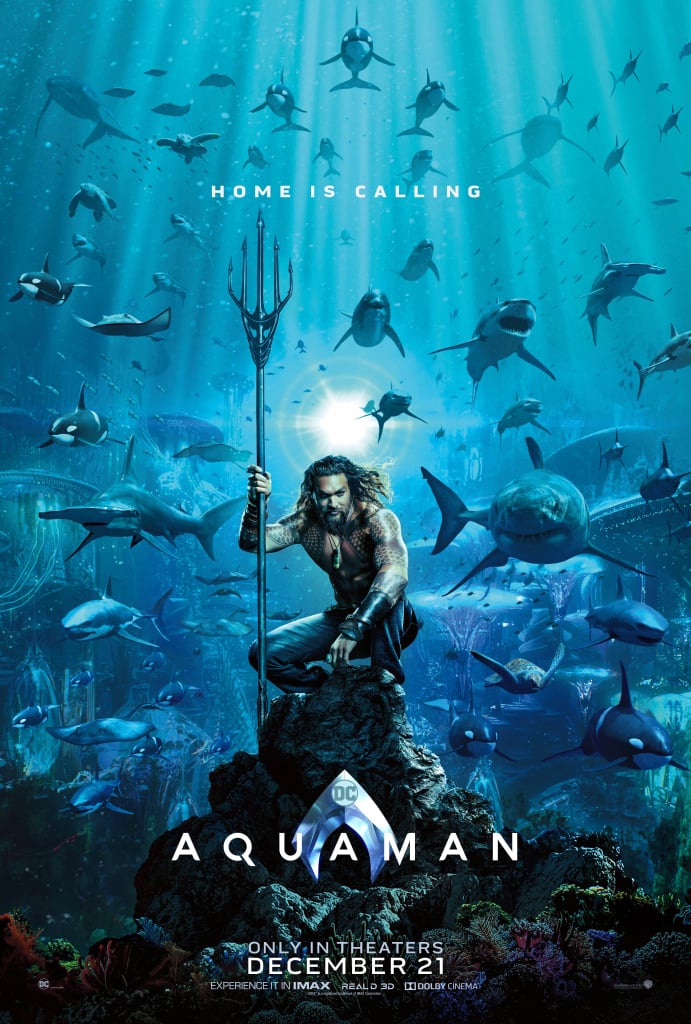

Aquaman is the DCEU's first attempt at aping the MCU's more comedic tone (which it wildly overshoots). It's also the first DCEU film to gross over $1 billion at the box-office. However, this accomplishment is more proof of the effectiveness of an uncontested (by big-budget spectacle) mid-December release date than it is of the movie's quality. The best thing about this goofy, underwater remix of Black Panther is that it features a standout villain in Black Manta.
8. Shazam

The original Captain Marvel finally made his big-screen debut in this movie that had no business being in the same cinematic universe as Man of Steel.
Fourteen-year-old Billy Batson has searched for his mom since he was separated from her at a local carnival at just four-years-old and placed into the foster care system. Unfortunately for Billy, when he finally tracks his mother down she reveals that she intentionally abandoned him all those years ago and still wants nothing to do with him. As a consolation prize, he's granted olympian-level abilities by an ancient wizard.
7. Black Adam
6. The Flash
5. Suicide Squad

Though Suicide Squad is the only live-action Joker-related movie to not feature the homicidal jester as the primary villain, the film does break new ground where the human hyena is concerned: Suicide provides the only glimpse of the Joker's time at the notorious Arkham Asylum.
We also see how he met his maniacal girlfriend, Harley Quinn. While a resident of Arkham, the Joker seduces Quinn, a psychiatrist treating him for various mental disorders. After convincing her to free him, Joker recreates the same circumstances that gave him his green-tinted hair and bleached skin: he throws her into a giant vat of toxic chemicals.
But we first see Joker at the height of his power as the psychopathic, tattoo-covered head of a Gotham City crime ring, with Quinn not far from his side. However, a high-speed chase with the Batman leads to Joker's purple Lamborghini in the Gotham River and Harley knocked unconscious and arrested.
Following the death of the Kryptonian Superman, the U.S. government approves a program, Task Force X, whereby convicted criminals with combat skills are recruited for extremely dangerous black-ops missions against threats for which the military is ill-equipped to handle. Participation leads to sentence reductions but the task force's members are fitted with nanite bomb implants that can be detonated remotely should anyone get out of line. When Harley is coerced into joining the program, the Joker tortures a prison employee into revealing the location of the facility where the nanite explosives are manufactured. After he and his goons muscle their way into the building, Joker pressures Dr. Van Criss, the engineer who developed the devices, into disarming Harley's implant.
Later, the Joker and his enforcers commandeer the chopper intended to extract the task force and open fire on the government operatives escorting them at the rendezvous point. The mission commander, Col. Rick Flag, attempts to detonate Harley's implant but because it was deactivated, she boards the helicopter in order to flee. Unfortunately for her -- and everyone else onboard -- the chopper's shot down. Bemoaning the death of her green-haired would-be savior, Harley, who survives, rejoins her squad and continues the mission. During the subsequent battle against an immortal deity known as the Enchantress, the latter provides Harley with a vision of her deepest desire: an idyllic life as the Joker's wife and mother of his children.
Having completed their mission objectives, the task force members are reincarcerated at Belle Reve Special Security Barracks, with a decade shaved off of each of their respective sentences. And the Joker -- alive and well -- and his enforcers subsequently break into the prison and liberate Harley.
4. The Suicide Squad
Although we still haven't gotten what we really want, the Ayer Cut of Suicide Squad, the DCEU has rolled out an R-rated follow-up with lots more supervillains and a much higher body-count.
One of the standouts from the first movie, Harley Quinn, is mostly annoying and an example of a schtick growing thin this time around -- she actually has a fight scene in which she's surrounded by animated flowers and cartoon birds. And apparently, she somehow became a ninja master -- while in prison? Although she's given plenty of spotlight, a couple of new characters (and one semi-new character) steal the show right from under her. Despite her constant association with rodents, new squad member Cleo "Ratcatcher 2" Cazo is easily half of the heart of the film (it's not often that you come across a supervillain who's overflowing with love). The other half, Robert "Bloodsport" DuBois, is only semi-new because as a Black assassin with weird guns, expert marksmanship and an estranged young daughter, he's awfully similar to Suicide Squad's Floyd "Deadshot" Lawton.
Besides Harley, Amanda Waller, team leader Rick Flag and Digger "Captain Boomerang" Harkness all return for this sophomore impossible mission as well. And this one is easily WEIRDEST comic book movie that comes to mind, with a humanoid weasel and swarms of rats and starfish playing pivotal roles in the story. There's also a walking, talking great white -- Nanaue -- but his low intelligence relative to humans makes him closer to the antagonist in Jaws than Jabberjaw. But hey, there's plenty of bloody gore and graphic violence to go along with the wackiness.
While not quite as good as its predecessor, The Suicide Squad is exponentially better than the unwatchable Birds of Prey and provides a reasonably-entertaining opportunity to check back in with both Task Force X and the DCEU. Hopefully, we'll get another Suicide Squad sequel in the future (featuring Bloodsport, Ratcatcher 2 and Deadshot).
3. The Snyder Cut
The history-making Snyder Cut was well worth the wait (if only we could get the Ayer Cut of Suicide Squad). My cut would eliminate the team's infiltration of S.T.A.R. labs, the Superman's resurrection, the rooftop meeting with Commissioner Gordon (the latter two of which were largely intact in Josstice League) and the Martian Manhunter CGI but that would still leave you with a three hour-epic. After daring to kill of the Superman in BvS, director Zack Snyder had the audacity to bump off Aquaman, Wonder Woman and Harley Quinn as well. And he did it well.
When it's all said and done, perhaps the greatest trick Snyder would have ever pulled would be to unveil this opus that increased fan-demand (not to mention pleasing the critics) with a monumental cliffhanger and leaving Warner Bros. to pick up the pieces without sequels to complete the story. But they deserve it.
2. Batman v. Superman: Ultimate Edition
Batman v. Superman is the very first film to take Superman seriously -- after he reveals himself to the world. Man of Steel is unmatched in presenting his origin, but BvS actually considers Superman's effect on society -- much like The Dark Knight examined the unintended consequences of Batman's actions on Gotham City. Director Zack Snyder was undoubtedly tempted by the notion of being the first to use the gimmicky title, but Batman's name shouldn't have even been included, much less come first (Dawn of Justice is even dumber).
BvS and Civil War basically tell the same story: A clever, but physically powerless guy manipulates two famous superheroes into fighting each other from behind the scenes. One of the heroes is a billionaire, genius, heir to a business empire who uses technology to fight crime and the other is abnormally strong and exceptionally strait-laced. Because the heroes have caused a tremendous amount of collateral damage, government oversight seems inevitable.
The difference is that where Civil War talks about the destruction left in the wake of the heroes' battles accompanied by quick snippets of news footage, BvS shows the toll it has taken on human lives -- both physical and psychological. The grand-scale of aerial combat to save basically, everybody from Superman's perspective in Man of Steel is contrasted here with the ground-level terror of those same people who only see themselves as innocent victims and bystanders from Bruce Wayne's perspective. But no one is a bystander when the entire planet is in danger.
This film is wholly about Superman and his place in the world. The exploration of Superman as a savior and an uncontrollable, potential threat is brilliant. He's simultaneously feared and almost worshipped as a deity. The comparisons of certain people in the film to Judeo-Christian figures are magnificent. This is a superhero film with philosophy. There's even a nod to Nietzsche. In fact, The Superman would have been a much better title than what the filmmakers settled on (Dawn of Justice is so corny, I can't even say it without shaking my head). Who he is, what his intentions are, whether he can be trusted, how he should be used. These are all questions that plague the global community, of which Bruce Wayne is only one member.
Even so, Batman was incredible. As much anxiety as there was surrounding Ben Affleck's casting, it's clear that Daredevil simply wasn't the superhero movie for him. Or anyone else. This one is. Christian Bale is still the best Bruce Wayne, but Affleck has surpassed Michael Keaton as the greatest Batman. I, for one, can't wait to see him put the mask on again.
BvS has been widely criticized for essentially being too serious (i.e., more serious than any given MCU movie) and humorless (i.e., lacking the non-stop silliness present in any given MCU movie). Is it weird that critics simultaneously adored the original Jason Bourne trilogy (exceedingly serious, without a joke in sight) and Mission: Impossible - Rogue Nation (wall-to-wall yucks bordering on stupid-as-shit)? Or is it hypocrisy?
1. Man of Steel

Although Kal-El is an alien, an immensely powerful one, he has no interest in conquest. He's lived on Earth since he was a toddler and loves his adopted planet. But there are other members of his species who absolutely do not come in peace.
After Kryptonian General Zod hijacks global communications and issues an ultimatum to the people of Earth, the newly-christened Superman surrenders himself to the warmonger in exchange for his promise to end the hostilities. Zod's home planet, Krypton, however, was destroyed and he and his followers decide that Earth would make for a nice place to settle down -- once all of the pesky humans are gone. It's not that he has anything against humans, he just wants to terraform the planet and change the atmosphere to one more conducive to Kryptonians -- which would render it uninhabitable to the people who already live here. But since the Earth's atmosphere, gravity and sun grant superpowers to natives of Krypton -- why bother? Whatever. You just can't tell some people a damned thing.
Updated 9/23/23

















